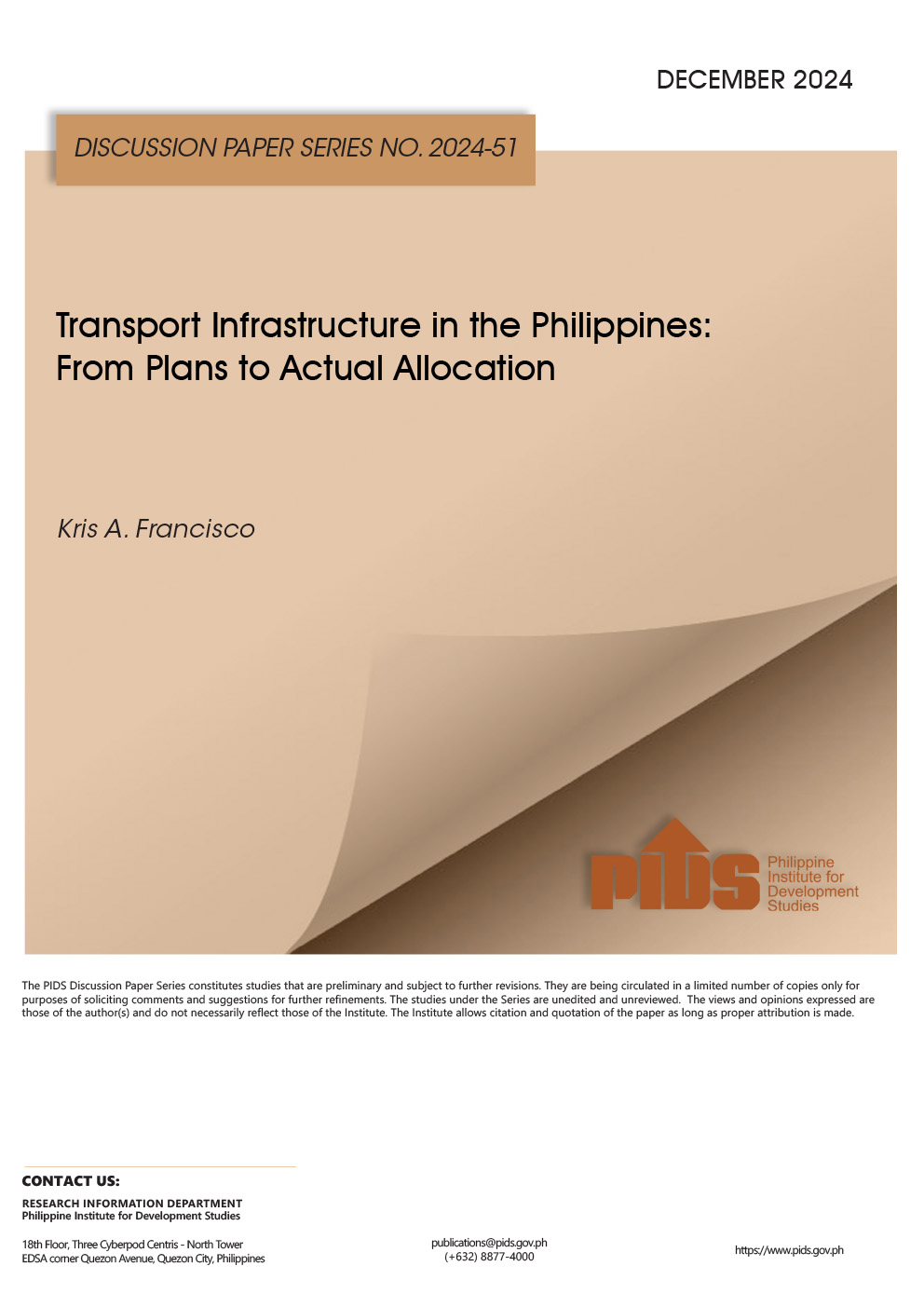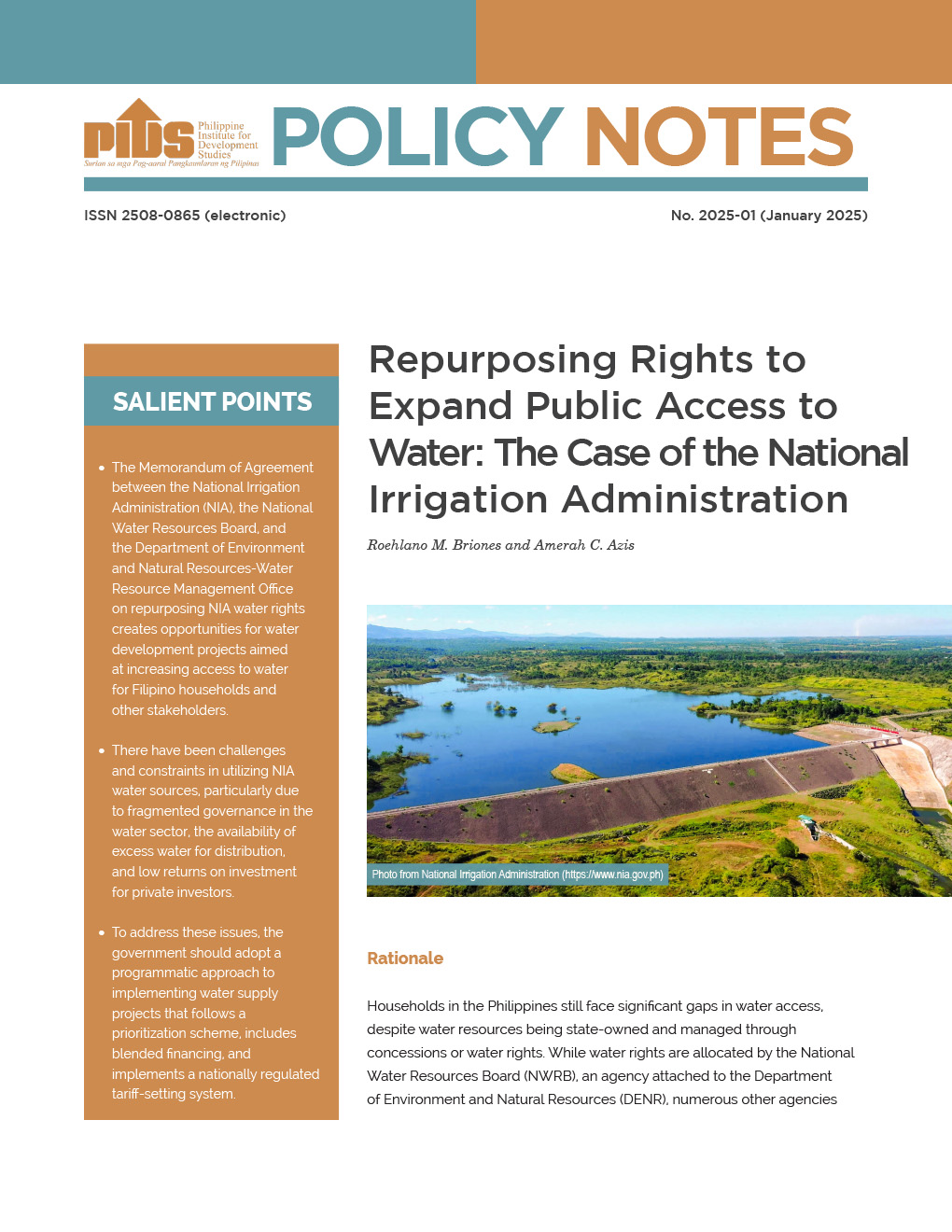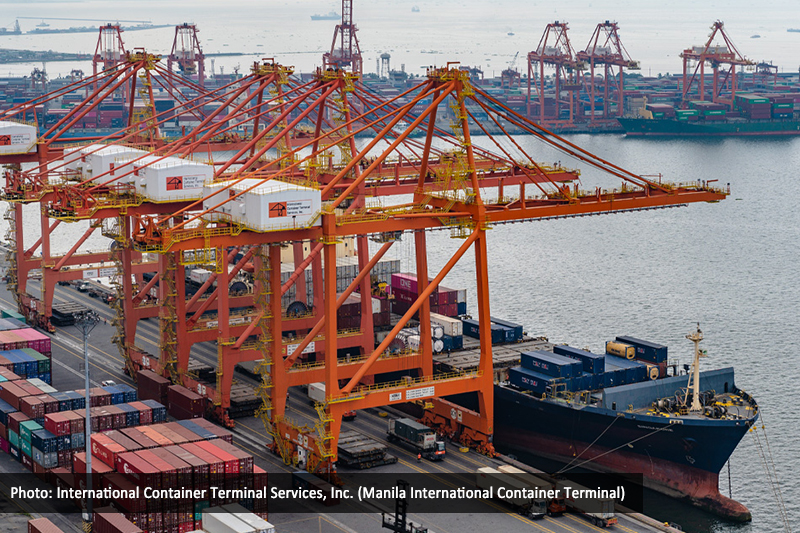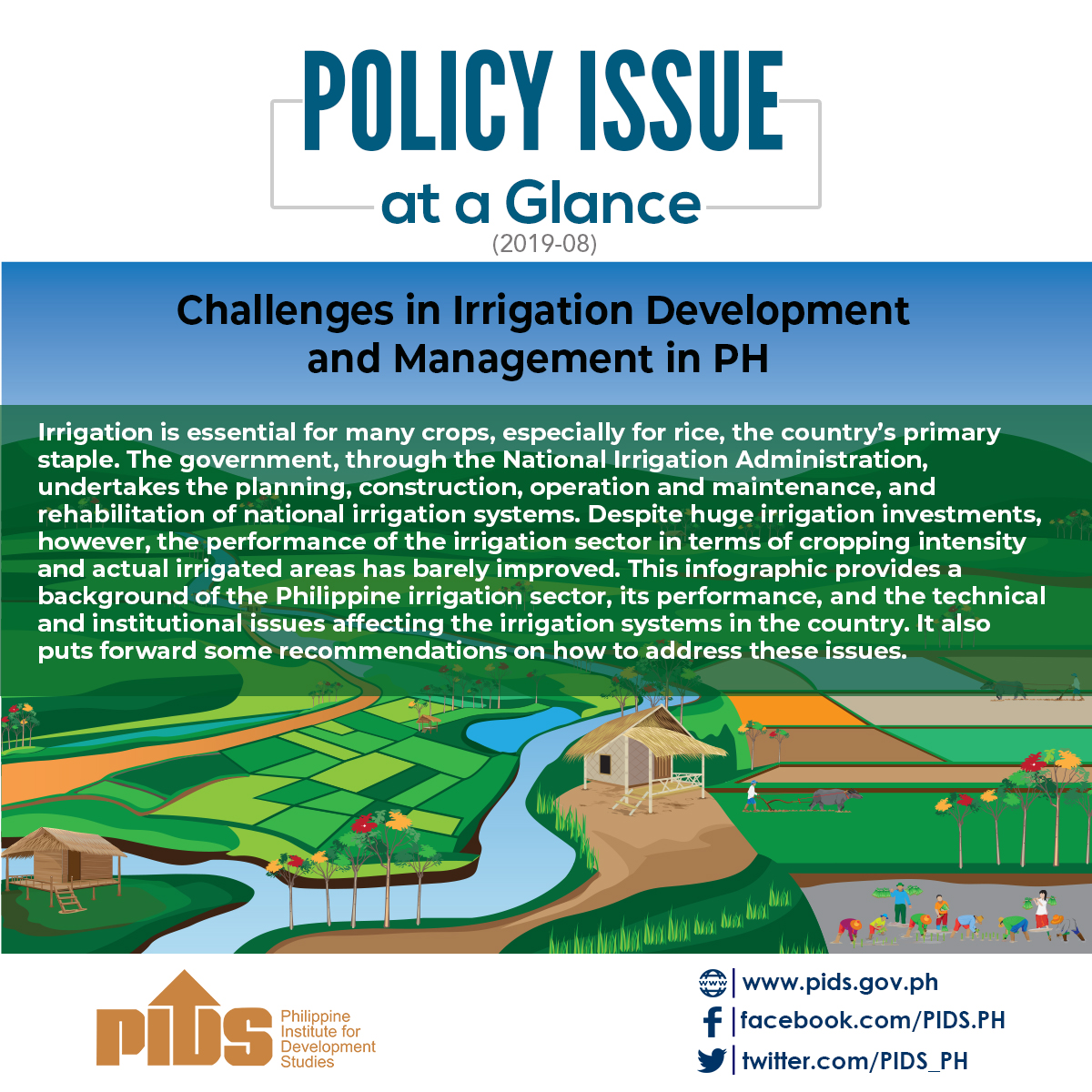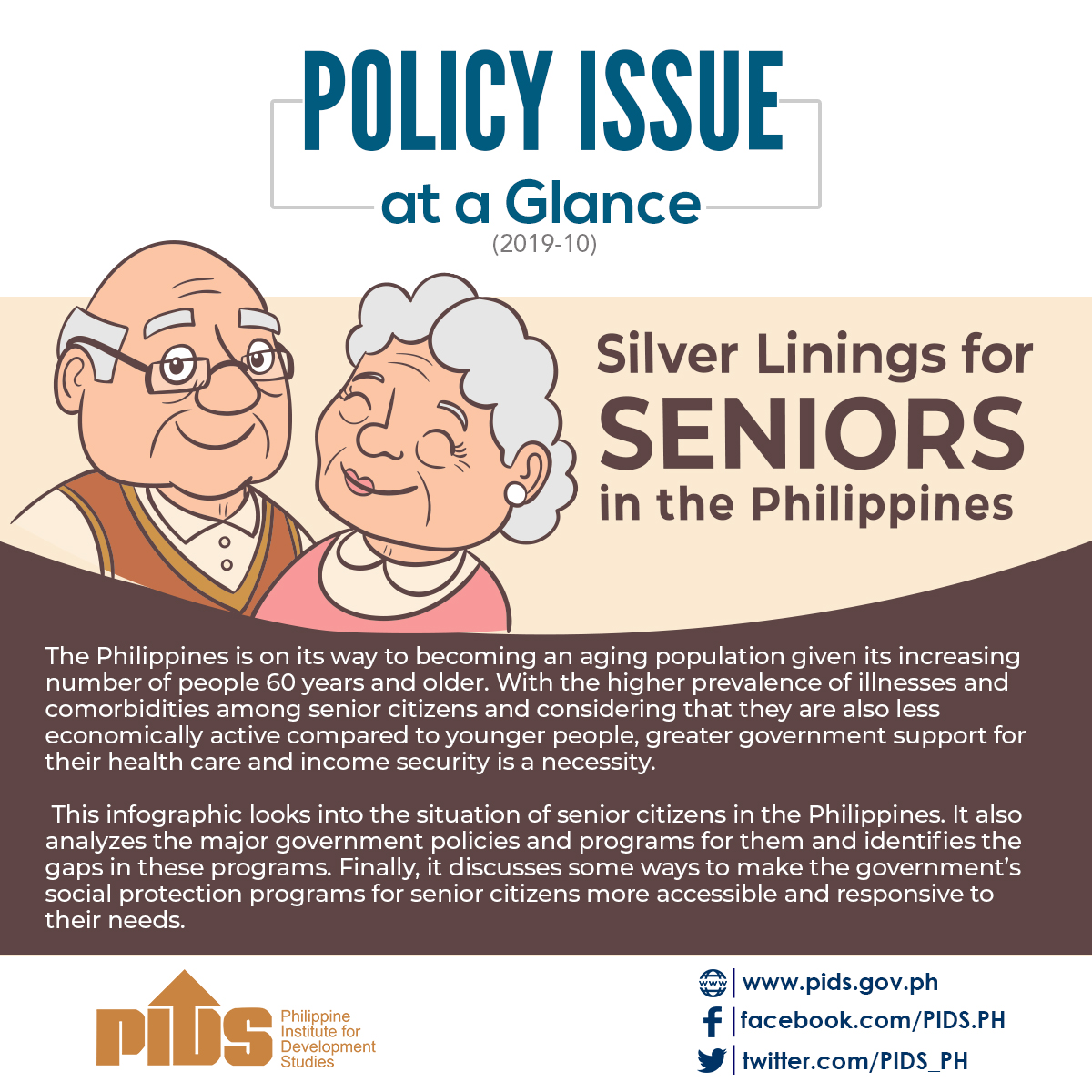MANILA, Philippines — The Philippines, still lagging behind most of its peers in Southeast Asia in overall infrastructure, continues to suffer from inadequate and poor quality road and rail transport infrastructure, an academic analysis of qualitative and quantitative indicators found.
In a discussion paper entitled "Road and Rail Transport Infrastructure in the Philippines: Current State, Issues, and Challenges," the state-run Philippine Institute of Development Studies said that many of the targets in the transportation sector outlined in the Philippine Development Plan for 2017 to 2021 were not met.
PIDS pointed to Congressional introductions and fast-tracked executive approvals as key issues holding back the development of the country's transport system.
"The Philippines continues to suffer from inadequate and poor quality road and rail transport infrastructure...[Load factor data] only confirms the commuters' grueling experiences of congestion and long queues," PIDS said.
"It is also evident that commuters' woes remain given the incidents on train delays, the reports on long queues and congestion and the data on high load factors."
The MRT-3 along EDSA has been operating beyond its capacity since 2004, ferrying some 500,000 people daily, or 142% more than its 350,000-passenger capacity. Since 2010, both the LRT-1 and MRT-3 have eclipsed the target average load factor of 60% identified by the Japanese International Cooperation Agency for urban rail transit systems.
The Philippine National Railways, in particular, was criticized for its lackluster performance and lack of development over the years, with authors pointing out that “articles over the years show that commuters suffer poor service due to congestion, poor quality and unsafe railway platforms and train delays and trip cancellations.”
“The delays and cancellations sometimes happen without announcement. Reasons for the delays and cancellations include signaling problems, presence of garbage on rail tracks and derailment. There is no official assessment of how these incidents affect overall commuter experience but the suffering endured by commuters can be gleaned from their retelling of their daily life as a PNR commuter,” they said, citing media reports.
The study also pointed out that only four big-ticket infrastructure projects under Build, Build, Build — largely touted as the catch-all solution to transport woes in the metro — were completed by the end of the previous administration, while the projects slated for completion by 2021 were not completed on time.
Citing focus group discussions with personnel from the Department of Public Works and Highways, the researchers found that the lion's share of project delays was due to mobility and other pandemic restrictions that made right-of-way acquisition and subsequent negotiations very challenging.
'Everything starts with planning'
The PIDS called into question sections of the updated Philippine Development Plan for 2017 to 2022, which did not aim for improvement in a number of metrics such as passenger capacity and number of passengers per square meter.
It also questioned the lack of reporting mechanisms for these metrics, pointing out that on the targets on train system optimal capacity, some indicators are not actively reported by their implementing agencies such as the Department of Transportation, Philippine National Railways and Light Rail Transit Authority.
“Unfortunately, the development of the country’s rail transport sector stagnated for decades and it is only recently that a more aggressive asset buildup is being pursued,” it said, citing "years of neglect" in the rail sector. "Despite the recent attempts to catch up in the expansion and improvements, the task is simply gargantuan that the recent progress cannot be considered significant."
PIDS also questioned the logic behind some of the target metrics set. From 2016 to 2020, for example, the target travel time for Metro Manila was a 5% increase in travel time, while the target for 2021 was an insignificant 0.3% decrease in travel time. For 2022, no change in travel time was targetted by the plan.
And even then, the 2021 Statistical Indicators on Philippine Development monitoring of PDP accomplishments reported that the targeted travel times for the key corridors except Metro Manila were not achieved. The StatDev monitoring also did not have accomplishment figures for the reduction of road traffic accidents.
"This seeming carelessness in planning developmental targets should change. In addition, if targets were to be set in the next plan period, these should be systematically formulated and backed by interventions to increase the likelihood of meeting them," PIDS said.
"Planning for the long term can help address persistent problems. A long-term national transport infrastructure plan that is legislated can improve the stakeholders' anticipation of future implementation activities and help in the orderly preparation for land use requirements, right-of-way procedures, financing options exploration and structuring, management of political interests and capacity building of implementors."
Lessons learned
The report noted that projects have historically been hounded by project management issues such as delayed permits, delayed removal of obstructions in project sites or incomplete removal of obstructions even after the projects had been completed.
Moving forward, PIDS said that the most persistent problems it found were political intervention and weak capacity at the local government level, where a large gap in upgrading the quality of local roads still remains.
"Completing projects on time is also a challenge for LGUs, and this is why the DILG is specifically building the LGUs' capacity in planning and construction supervision. The lack of manpower in LGUs is also a major reason for delays in project completion, especially in municipalities and low-income LGUs. These LGUs are often understaffed," the study read.
Another problem the study noted was that monitoring and evaluation systems are still not institutionalized across the government, which led to the lack of data from the transportation and public works departments on targets in the Philippine Development Plan.
PIDS also recommended that the national government must continue its capacity-building programs for LGUs, whose role in public transportation will likely grow as more projects are devolved due to the Mandanas-Garcia ruling, which in turn would affect the completion of projects "because of the lack of technical capability in some LGUs."
"The failures in Metro Manila urban rail transport systems are sources of lessons for cities outside Metro Manila...local planners and local chief executives in cities outside Metro Manila should start planning for transit-oriented development, envisioning the long-term needs, and articulating the vision and plan in a planning document."

